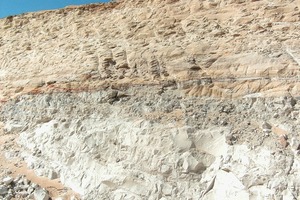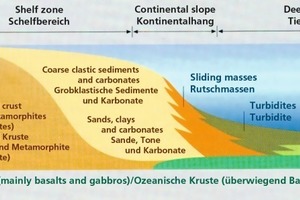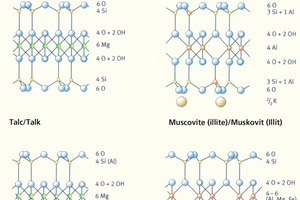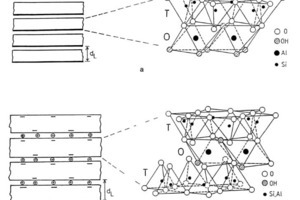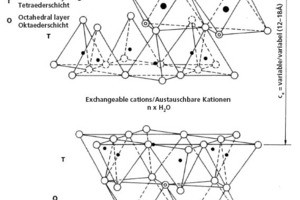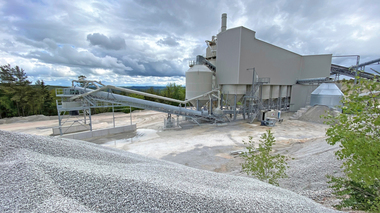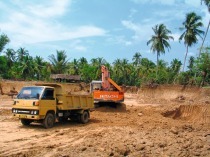Clay as a raw material – the finest nature has to offer
In all current international standards and schemes for the classification of grain size spectra, clay grain represents the finest particle size range. The particular properties of clay as a raw material are, however, not only determined by its certainly small particle size, but also by the type of phyllosilicates and clay minerals. But how are these microcrystalline structures built up and how do they differ from each other? Current clay research provides an interesting insight into this complex subject matter.

